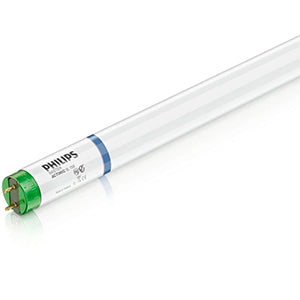Insect Control Lights
Lighting for bug and insect control comes in two varieties. Yellow bug lights shift the spectrum of a bulb's to a warmer color temperature, which can help bugs not be attracted to the light at all. Insect trap lights use ultraviolet light to attract insects into a trap like a bug zapper, where they are killed or otherwise unable to escape.
About Insect Control Lighting
Insects are attracted by light near the blue and ultraviolet part of the electromagnetic spectrum. The lights in this category take advantage of that fact, but operate in very different manners.
Yellow Bug Lights
Bug lights are used to prevent insects from coming around. These yellow bulbs filter out some of the blue light that comes from a regular light bulb. This makes it harder for insects to see the light, so hopefully they will stay away.
Yellow bug lights do not actively repel bugs. They make it harder for the insects to perceive the light, so you may have more bug-free time. However, once some bugs have made it to the light, others may be attracted.
Comparatively speaking, bug lights are safer than using a bug zapper, as they are not lethal to insects and do not result in a "cloud" of vaporized insect remains.
Insect Trap/Bug Zapper Bulbs
Where bug lights try to keep bugs from ever showing up, insect traps and bug zappers actively attract insects to the light. The trap or zapper will then either contain the live bugs for disposal later, or simply electrocute the bugs, killing them.
Bug zappers are commonly found in residential backyards, utilizing a small ultraviolet bulb that attracts flying insects. The UV light attracts the bugs, then an open electrical current vaporizes them.
Commercial insect traps are common in restaurants, so insects are less likely to contaminate food and preparation areas. These devices utilize longer UV bulbs for insect traps. Instead of zapping insects immediately, they may simply trap the bugs and allow for disposal of them later.




